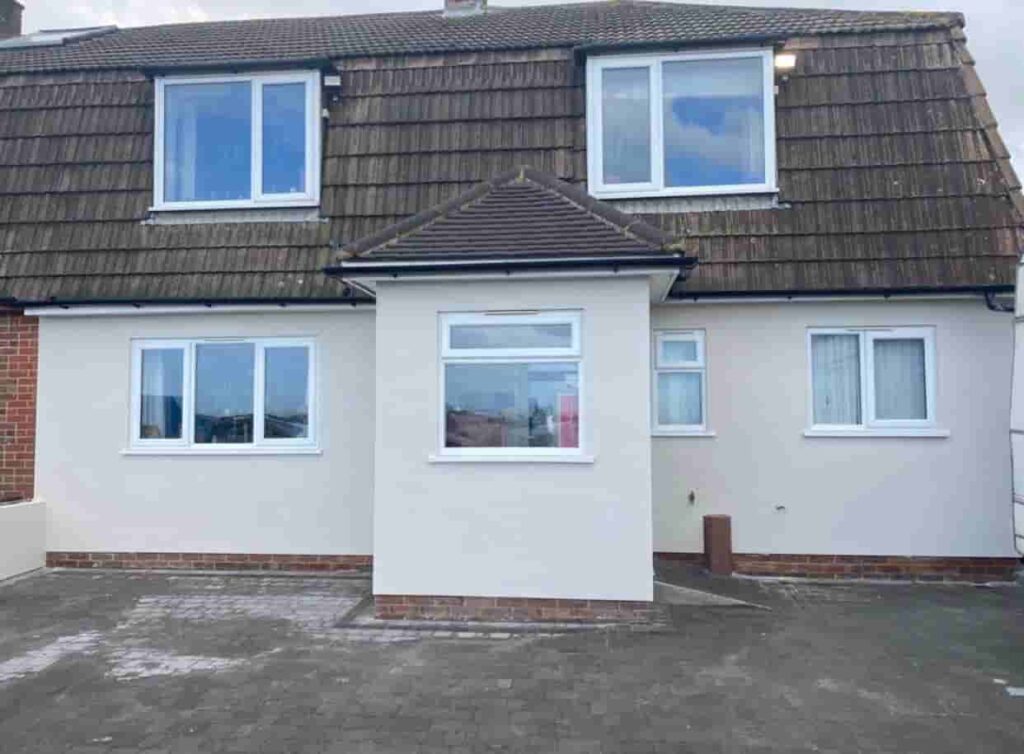Slate roofs are well known for their longevity, style, and durability. However, even the toughest roof eventually reaches the point where repairs may no longer be enough. At MCM Roofing Repairs Lymington, we often work with homeowners who are unsure whether their slate roof is still performing as it should.
Knowing the warning signs early can save you from costly damage and help you plan a timely replacement before leaks or structural issues escalate.
1. Multiple Missing or Broken Slates
A few missing slates can usually be replaced, but when you notice several across your roof, it may signal that the entire roof covering is deteriorating. Widespread breakage weakens weather protection and can lead to water ingress.
2. Persistent Leaks Despite Repairs
If your roof continues to leak even after repeated repairs, it could indicate that the underlayment or battens have failed. Persistent leaks often mean the structure beneath the slates is compromised, calling for a more comprehensive solution.
3. Sagging or Uneven Roofline
A sagging roofline can point to problems with the supporting timbers. Prolonged moisture exposure or rot can affect the structural integrity, making it unsafe. A professional inspection from MCM Roofing Repairs Lymington can confirm whether repairs are still viable or if a full replacement is necessary.
4. Visible Water Damage in the Loft
Dark patches, mould, or damp smells in the loft are clear signs that water is making its way past the slate covering. This issue should be dealt with urgently to prevent damage to insulation, electrics, and timber joists.
5. Heavy Slate Shedding After Storms
Natural slate is durable, but if large numbers of slates come loose after every bout of bad weather, it’s a sign that fixings have worn out. As the nails or hooks corrode over time, the slates can no longer stay securely in place.
6. Moss and Algae Overgrowth
While a small amount of moss is normal, excessive growth can trap moisture against the slates and speed up their deterioration. It can also add weight to the roof and block proper drainage, leading to water pooling issues.
7. Delamination or Flaking Slates
If your slates are starting to flake or split into thin layers, it means the material is nearing the end of its natural life. This delamination reduces the slate’s ability to keep water out, making replacement the safest long-term solution.
8. Rising Energy Bills
A failing roof can allow warm air to escape and draughts to enter, putting extra strain on your heating system. If you’ve noticed rising energy bills with no other explanation, your roof could be part of the problem.
9. Roof Age Exceeding Its Expected Lifespan
A well-installed slate roof can last 75–100 years, but if your roof is approaching or has surpassed this age range, it’s wise to start planning for replacement even if it still looks intact.
Conclusion
Your roof is one of the most critical components of your home’s protection. Recognising when it has reached the end of its serviceable life can save you from serious structural damage and costly emergency repairs. MCM Roofing Repairs Lymington can assess the condition of your slate roof and recommend whether targeted repairs or a full replacement will give you the best long-term results. Acting early will protect your property, improve energy efficiency, and maintain the value of your home.
Call us on: 01590 631 785
Click here to find out more about MCM Roofing Repairs Lymington
Click here to complete our contact form and see how we can help with your roofing needs.

